Faculty Development
Faculty in Focus: Faculty Teaching Profiles
Here at Pacific we have many rich resources, but none are so rich or varied as our faculty. This section of the Center for Educational Technology and Curricular Innovation website will showcase a few of the innovators among our faculty. Click on someone below to go to their profile. Contact CETCI to learn more.
 Katie Bell: Improving Student Preparation and Accountability
Katie Bell: Improving Student Preparation and Accountability
Students in Dental Hygiene professor, Katie Bell’s, Pain Management course are practicing with real needles on real people. Obviously, they need to be as prepared as possible, so Katie uses flipped course content and innovative quizzing to make sure that they are.
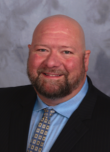 Bryan Cichy-Parker: Universal Design for Learning
Bryan Cichy-Parker: Universal Design for Learning
Education professor, Bryan Cichy-Parker, has spent much of his career researching and advocating for social justice and racial and cultural equity in education. An important part of that work has been implementing Universal Design for Learning (UDL) principles in the classroom.
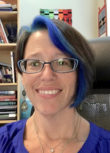 Saje Davis-Risen: Flipped Classroom Strategies
Saje Davis-Risen: Flipped Classroom Strategies
Saje Davis-Risen is a professor in the Physician Assistant Studies program. To meet the challenges of delivering a large amount of content in a short time-frame, all while increasing active and authentic learning opportunities, Saje has redesigned her courses to use a flipped classroom model.
 Jennifer Hardacker: Gamification Strategies
Jennifer Hardacker: Gamification Strategies
Jennifer Hardacker is a filmmaker and a media arts professor. With the support of a TARGET grant, Jennifer "gamified" her Film History and Analysis course to increase student engagement and improve student performance.
 Brent Johnson: Multimodal Writing
Brent Johnson: Multimodal Writing
Brent Johnson is a professor in English, as well as the First Year Seminar coordinator. Exploring the possibilities of multimodal composition inspired a full redesign of his Advanced Creative Nonfiction course.
 Mike Millard and Steve Arendt: Teaching Case Studies with Mixed-Cohort Teams
Mike Millard and Steve Arendt: Teaching Case Studies with Mixed-Cohort Teams
Pharmacy professors Mike Millard and Steve Arendt know that to be successful pharmacists, students will need skills like leadership, innovation, operational problem solving, and cultural competency. They’ve found that the best way to help students develop these skills is to put them on mixed-cohort teams and ask them to solve real-life problems based on case studies.
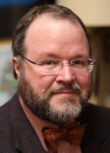 Jim Moore: Strategies for Teaching Critical Thinking
Jim Moore: Strategies for Teaching Critical Thinking
To be sure students develop critical thinking skills, we have to be intentional about teaching them. For Jim Moore, this work begins at the very beginning. Each August, Jim gets twenty new freshmen in his First Year Seminar course, and he is determined to help them develop critical thinking skills that will be a foundation for upper-level coursework and the world beyond Pacific.
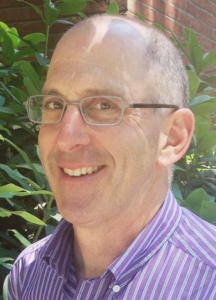 Phil Ruder: Team-Based Learning
Phil Ruder: Team-Based Learning
Phil Ruder has taught economics at Pacific University for more than two decades. It’s fair to say he has spent a lot of time thinking about ways to energize the classroom and engage students in their own learning. The methodology that works best for Phil and his students is Team-Based Learning.
 Amanda Stead: Creating Classroom Community and Buy-In for Difficult Topics
Amanda Stead: Creating Classroom Community and Buy-In for Difficult Topics
Most of us try to avoid talking about difficult topics like death and dying, yet CSD professor, Amanda Stead, leads students through it every semester. How does she get through the difficulty to achieve meaningful learning outcomes? She creates a supportive classroom community and gains the trust of her students before she even begins.
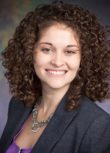 Elizabeth Tavares: Marking Student Writing
Elizabeth Tavares: Marking Student Writing
Elizabeth Tavares is an English professor, and students in her classes write--they write a lot! To ensure this writing is meaningful and leads to deep learning, Elizabeth has had to develop efficient strategies for getting highly quality feedback to her students in the quickest ways possible. Her secret weapon? Technology.
